Publisher Profile: Catalyst Press

The CBC asks Jessica Powers, Publisher of Catalyst Press (and imprints PowersSquared and Flare Books/Flare Kids), questions about the publisher.
How did your publishing house start out?
I’ve always been a writer, publishing under the name J.L. Powers (www.jlpowers.net), but I worked for Cinco Puntos Press for many years, in both publicity and editorial. Working for Cinco Puntos made me love the process of making books. It’s easy to love books and think you want to be an editor, but I loved the whole process from start to end—and I loved independent publishing because it allows for a freedom that the big houses lack. My expertise is in African history, and the deep roots and connections I established during my time spent in East and Southern Africa led me to create Catalyst Press to publish African writers and African-based books. We published our first titles in 2017.
What is your publishing house most known for?
Our flagship imprint, Catalyst, is known for our focus on African literature for kids and adults. When we started out, we were the only North American company to focus exclusively on African literature. Since then a couple of other houses have popped up that do similar work. This year, we launched another imprint, Flare Books/Flare Kids, so we could publish books from other places, with a special emphasis on place-based literature—that is, books where the setting is extremely important to the story.

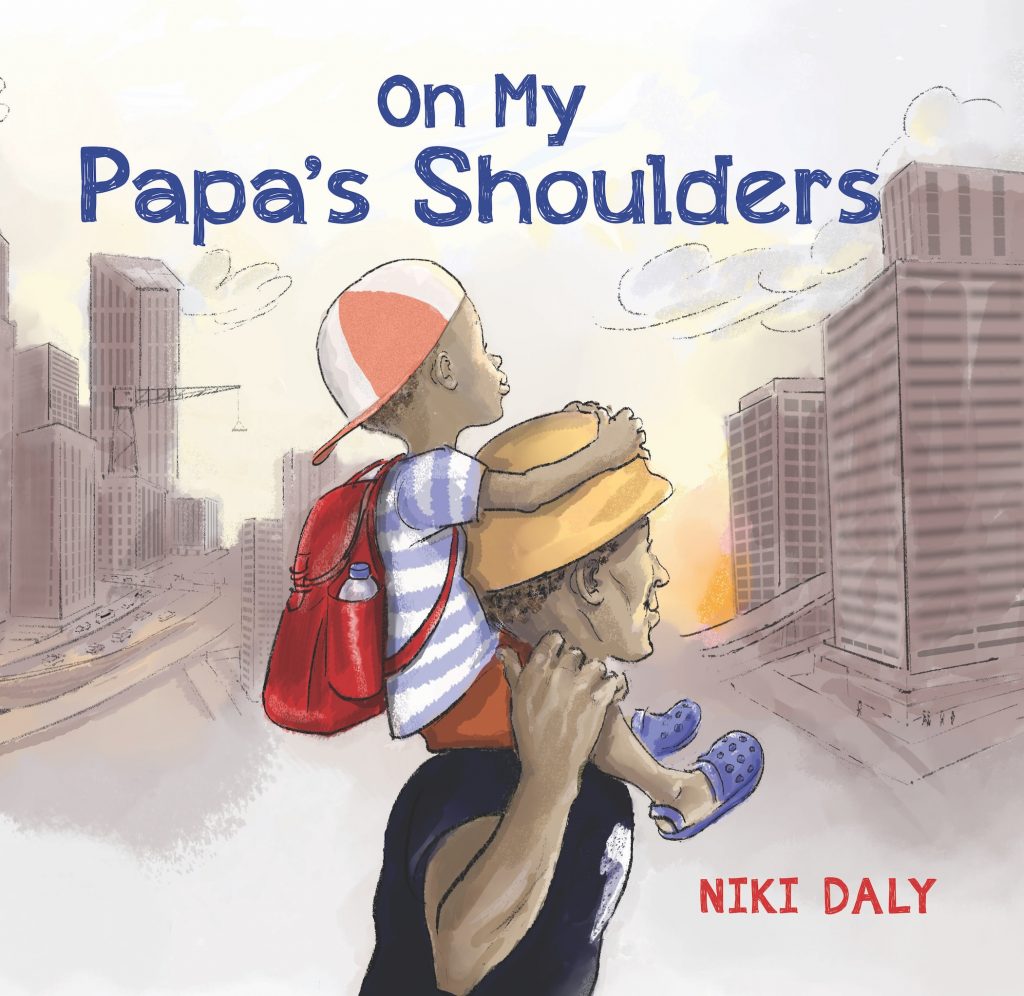

Where in the country is your house based? What do you love about being based there?
We’re based all over the world. I’m in El Paso, Texas, but we have three part-time publicists that live in the country of Belize, in Orono, Maine, and in Brooklyn, New York; and we have distribution in South Africa with an editor and publicist in the cities of Cape Town and Gqeberha, South Africa. Additionally, our graphic designers live in Cape Town and in the state of Louisiana. I’m an expert in time zones!
How many books does your house aim to publish per season/year?
Catalyst publishes 6-8 titles a year, but with the addition of Flare Books/Flare Kids, we will be publishing around 20-24 titles a year. Approximately half of our titles are kids’ books.
Which genres does your house prefer to publish?
We do publish everything. Specifically for our kids’ titles, I have a special love for graphic novels, as evidenced by the recent successes of All Rise: Resistance and Rebellion in South Africa; Kariba; and Pearl of the Sea. But we also publish picture books, early readers, middle-grade, and young adult. Story comes first, but all of these titles sink readers into specific places and couldn’t be set anywhere else. Even On My Papa’s Shoulders, a picture book by Niki Daly that celebrates fathers, is quite clearly set in South Africa.

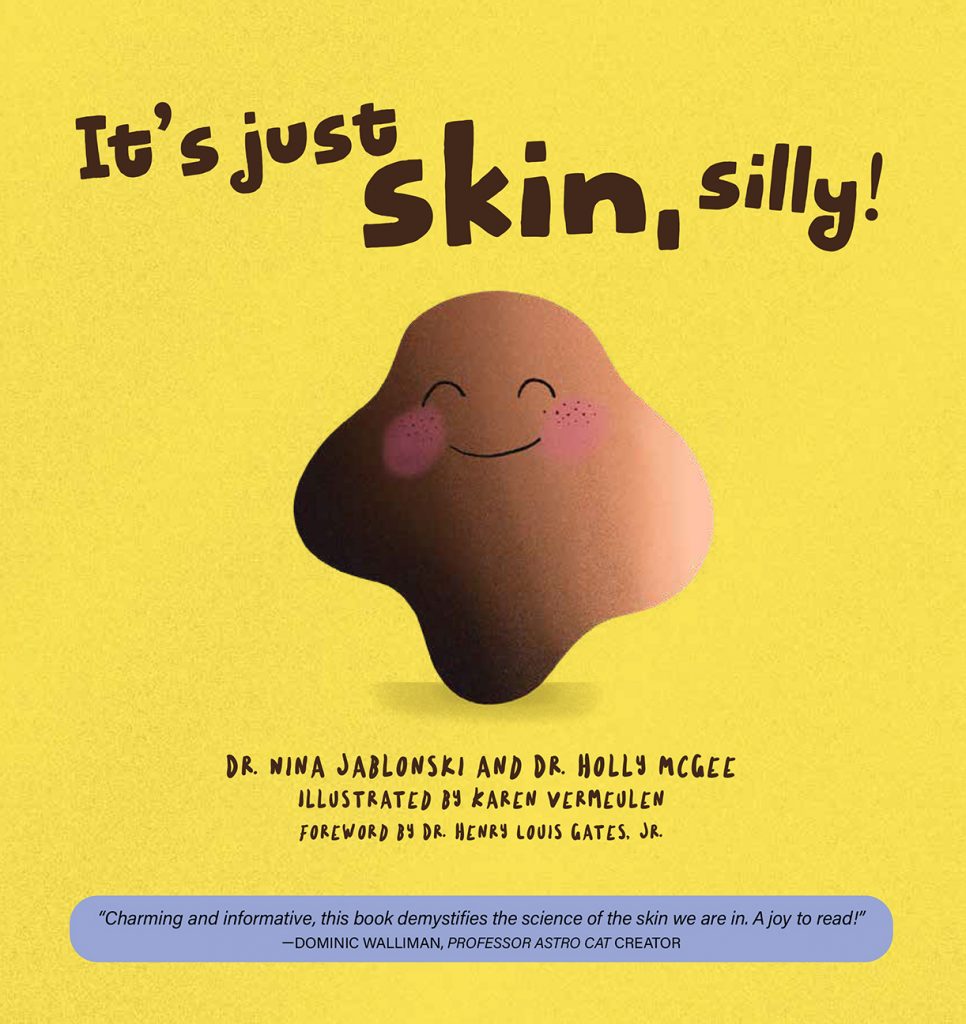
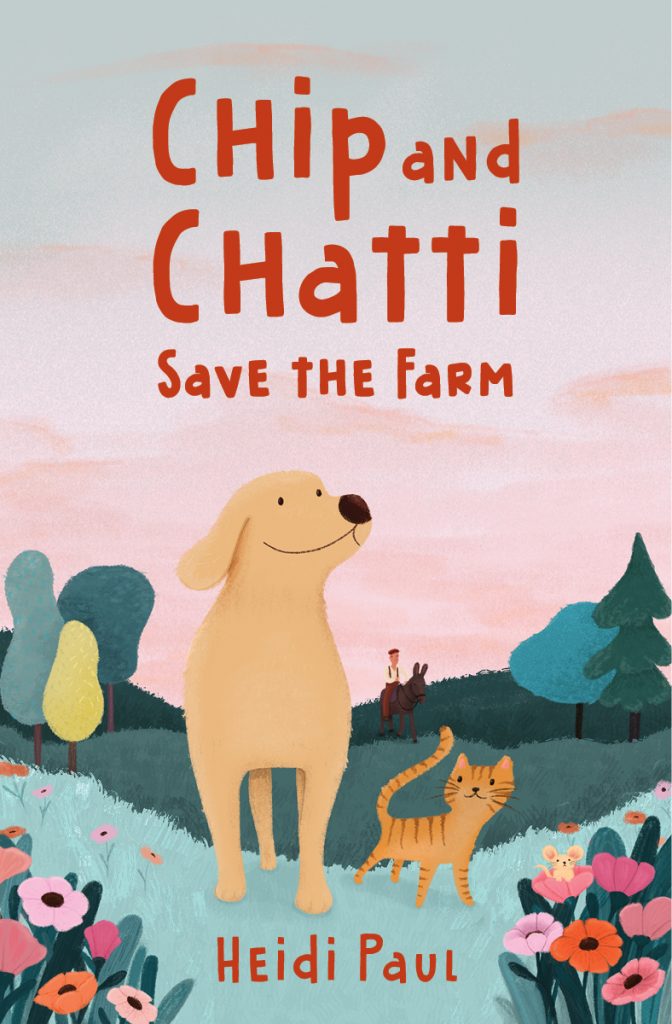
What are some of your house’s publishing priorities over the next few years?
We’ve published a lot of books by Southern African writers and books (South Africa, Zimbabwe, and Zambia), but I’m trying to prioritize the acquisition of books by East African writers.
I’m also acquiring books by writers from other regions all over the world where the setting is particularly important. An example is Under the Light of Fireflies by Lee Sanders. Set in 1981 in Texarkana, Texas, this big-hearted coming-of-age debut features a tiger, a Russian, a dead dad, a model airplane, and a bewildered twelve-year-old boy just trying to find his place in the world.
Which title does your house feel deserved more love than it got?
It’s Just Skin, Silly by Holly Y. McGee and Nina Jablonski. Dr. McGee is a historian of African-American history and Dr. Jablonski is one of the world’s foremost experts on the evolution of hair and skin. Using simple language and scientific facts, the book explains the evolutionary process that led humans to have varied colors of skin. There are many books that celebrate our differences and work to promote racial equality and understanding. Those are important books but we wanted to do something different. We specifically worked very hard to avoid making this book about the social meanings of skin color. Not that the book avoids the reality of history or current problems of racism, but we wanted people to understand the science behind skin color. Once you understand the science of skin color, it becomes very hard to justify racism, or to impart cultural or social meaning to a basic fact about humans—any more than you would impart social or cultural meaning to having freckles. Skin color shows only where a human’s ancestors come from, and nothing about the person itself. As the book itself says, skin color is about latitude—not attitude.
Which of your frontlist titles would be great for a school or public library?
Our books get a lot of love by educators and librarians. Frankly, all of our books—backlist and frontlist—are great titles for libraries. But one to mention especially, forthcoming in January 2025, is Chip and Chatti Save the Farm, the first in a series that depicts a friendship between a dog, a cat, and a human traveler during America’s Depression Era.
Which of your frontlist titles would be great for a classroom? Which grade?
A forthcoming title I’m especially proud of is the picture book Wanjiku, Child of Mine by Kenyan writer Ciiku Ndungu-Case and South African illustrator Karen Vermuelen. It shows the joyful journey of a child growing up in rural Kenya, her move to the city Nairobi, and finally, her high school education in the cooler mountainous regions of the Rift Valley. It’s a celebration of one’s roots. This book would be great for 2nd-5th grades.
Which of your frontlist tiles would you like to see get more attention from bookstores?
It is hard to find a picture book more adorable than There Doesn’t Have To Be A Reason by author and illustrator M.C. Kasper. A bear is confronted by a series of animals asking him what his tail can do for him. Beaver asks him whether his tail helps him swim. Sadly, no. Bird asks him whether his tail helps him fly. Unfortunately, no. Opossum asks him if he can hold things with his tail. That one’s a big nope. A litany of animals queries him about the usefulness of his tail and each one points out that his tail lacks utility and function. Finally, he gets fed up and asks if there has to be a reason for him to love his tail when, after all, it’s his. It ends with a delightful and hilarious reason for his tail that nobody had thought of up until that moment in time. It’s a great book about loving yourself, even when you are different from everybody else.
What else would you like to tell us about your house and the amazing work you all do?
I would just say that I’m super proud of the team that has worked with me for so many years to make Catalyst Press the company and it has become—and I’m proud of the team I have going forward. We’re not afraid to publish titles that seem to have little entry point into traditional publishing. Many authors and illustrators confront an unscalable wall for their books to be published by other presses. We, too, have a limit on the number of books we can publish, but I’m so proud of the books that have found a home with us.
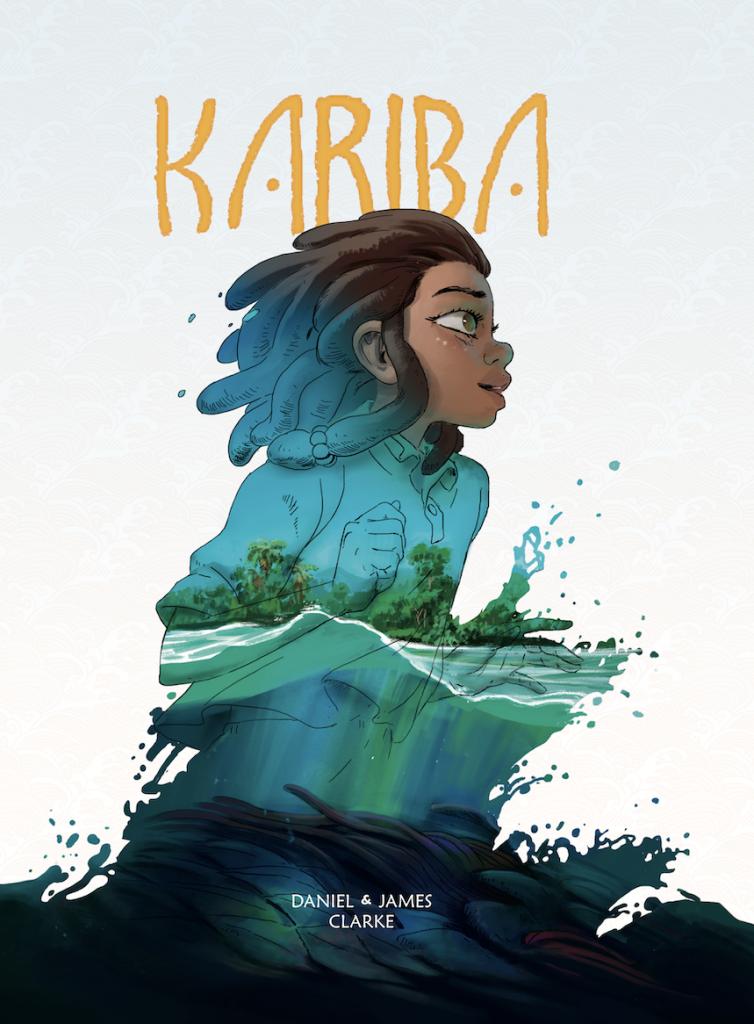
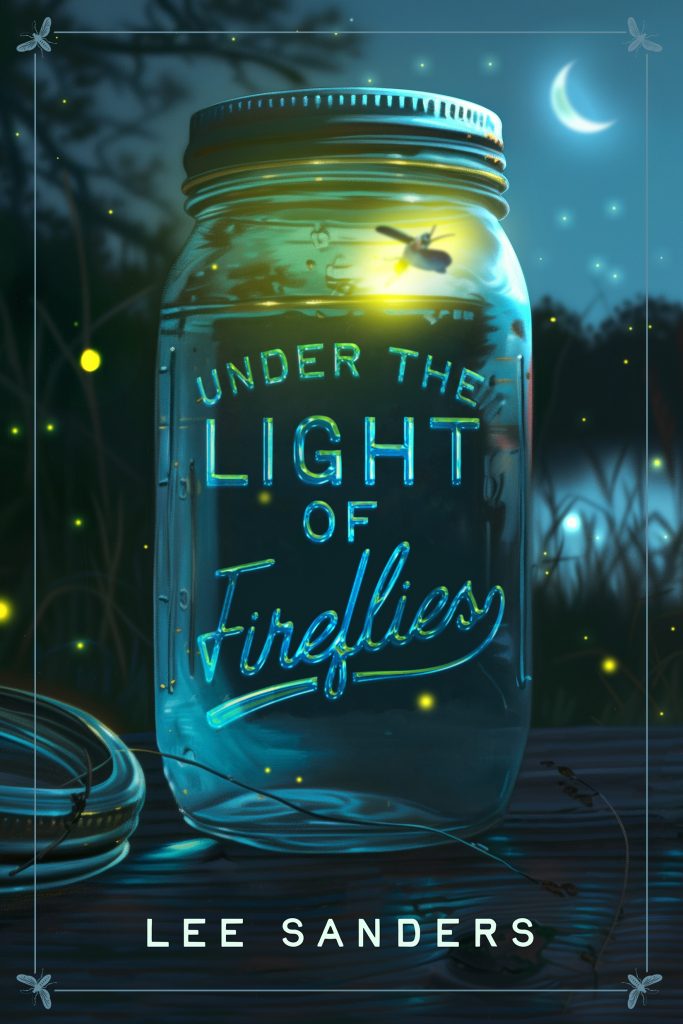
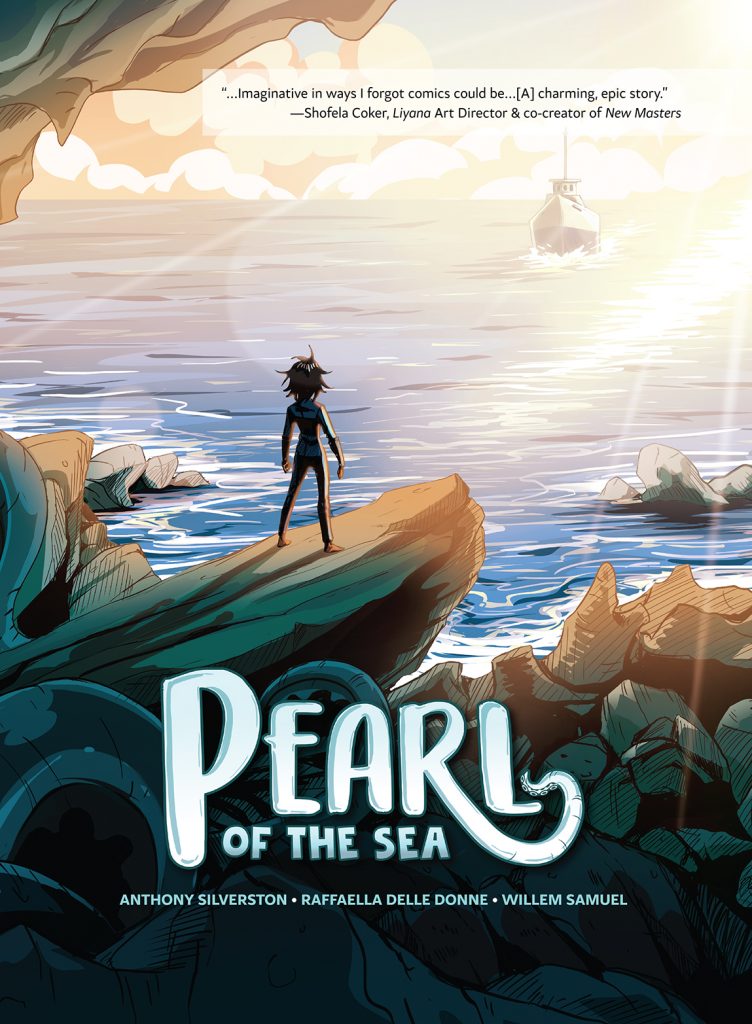
Thank you, Catalyst Press!

